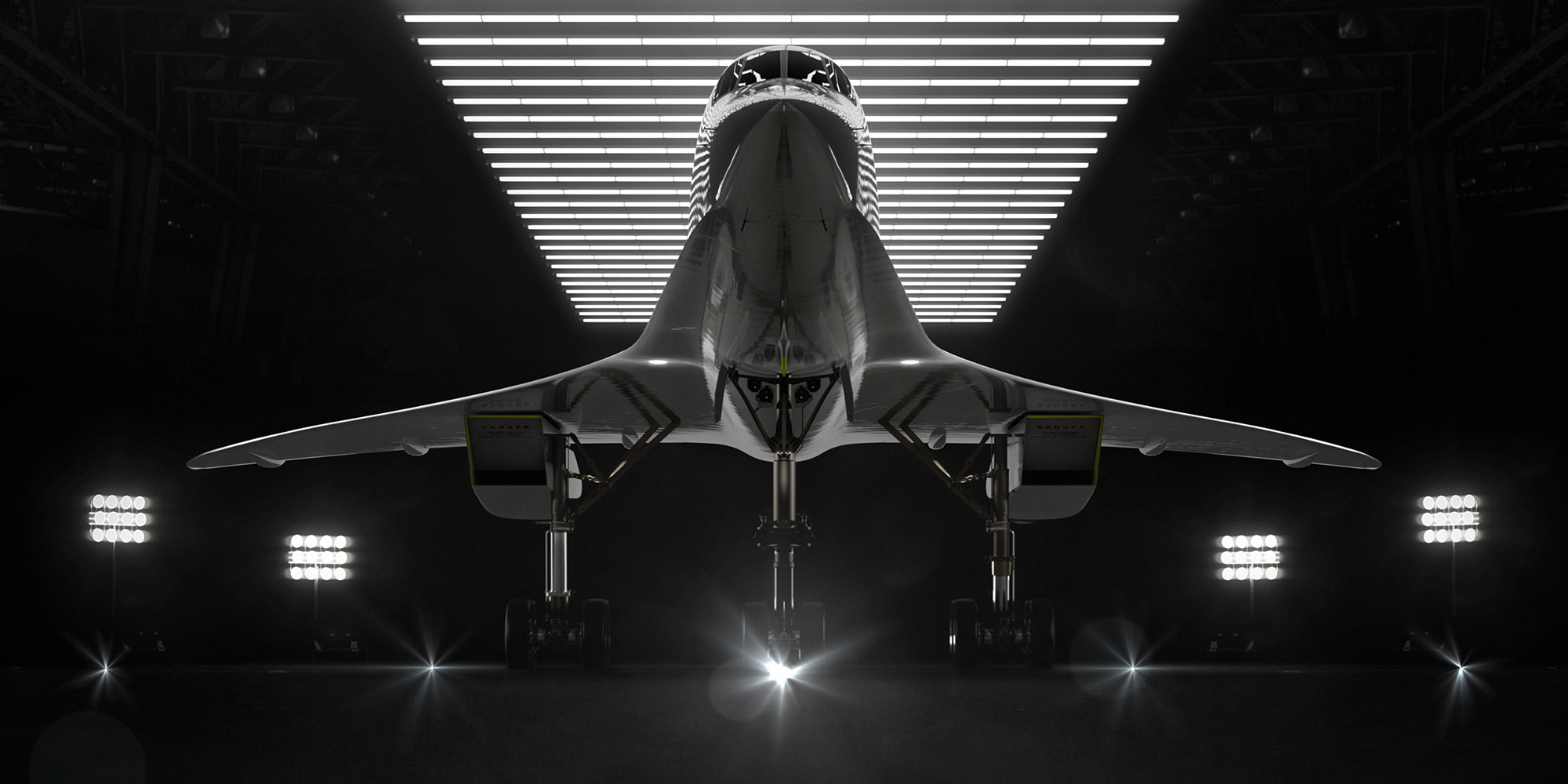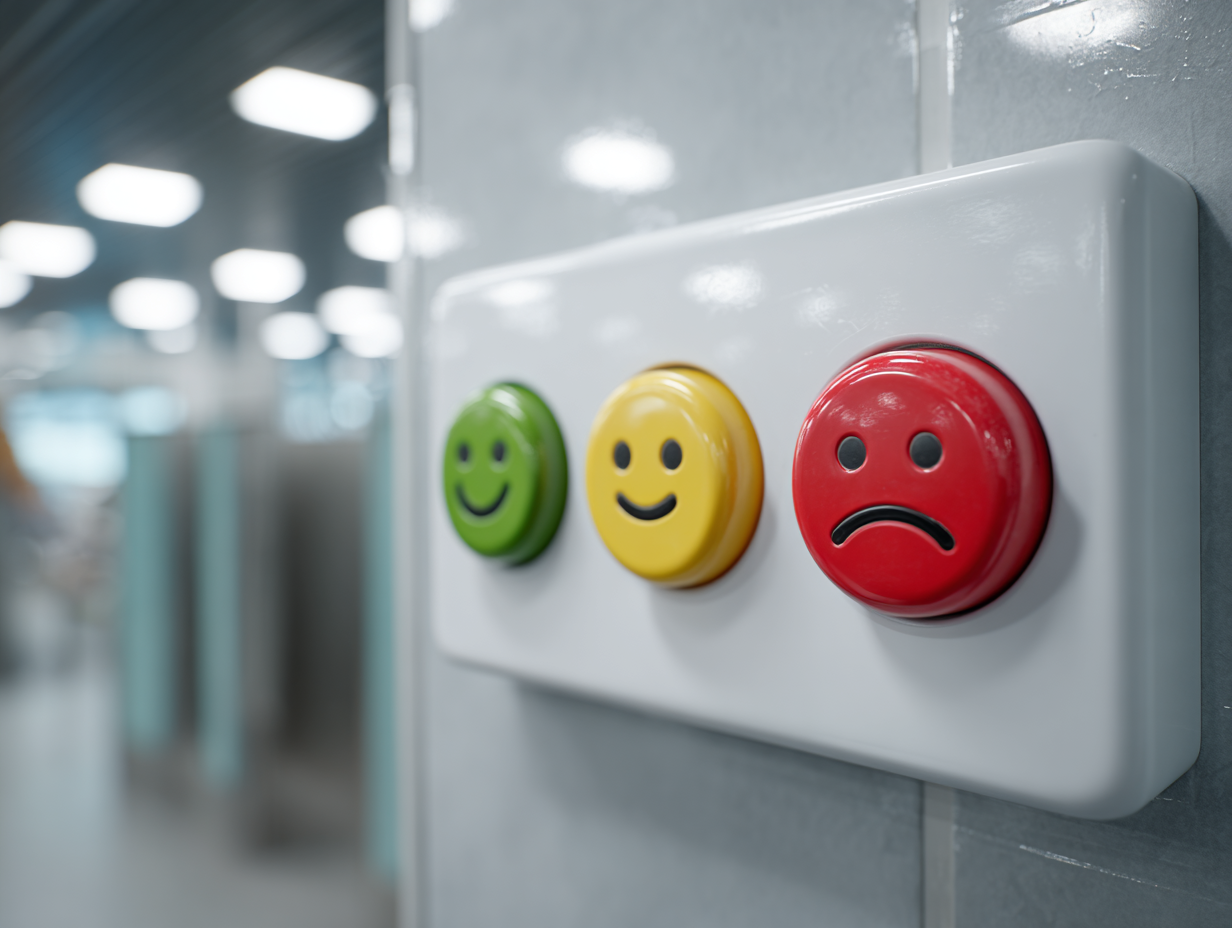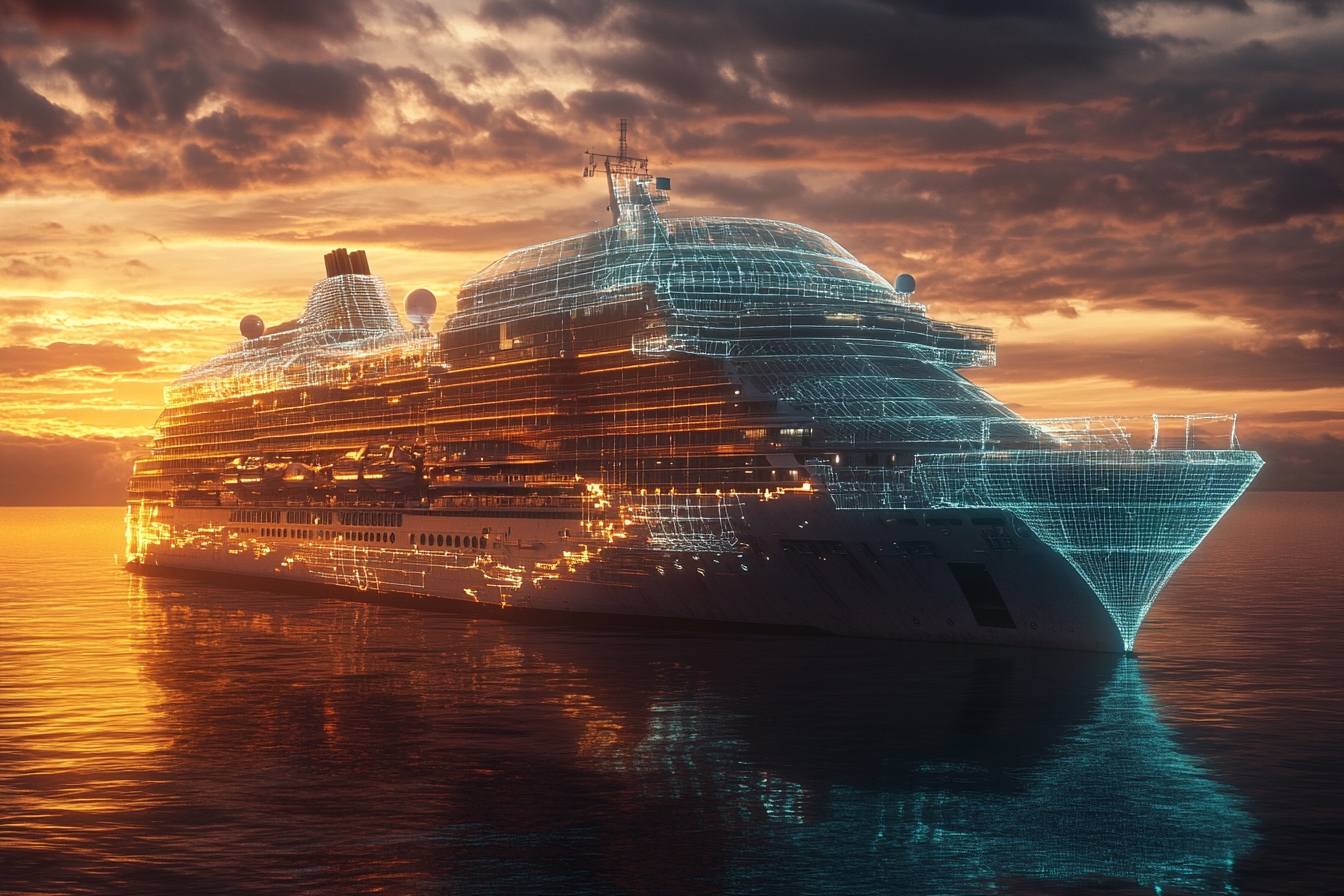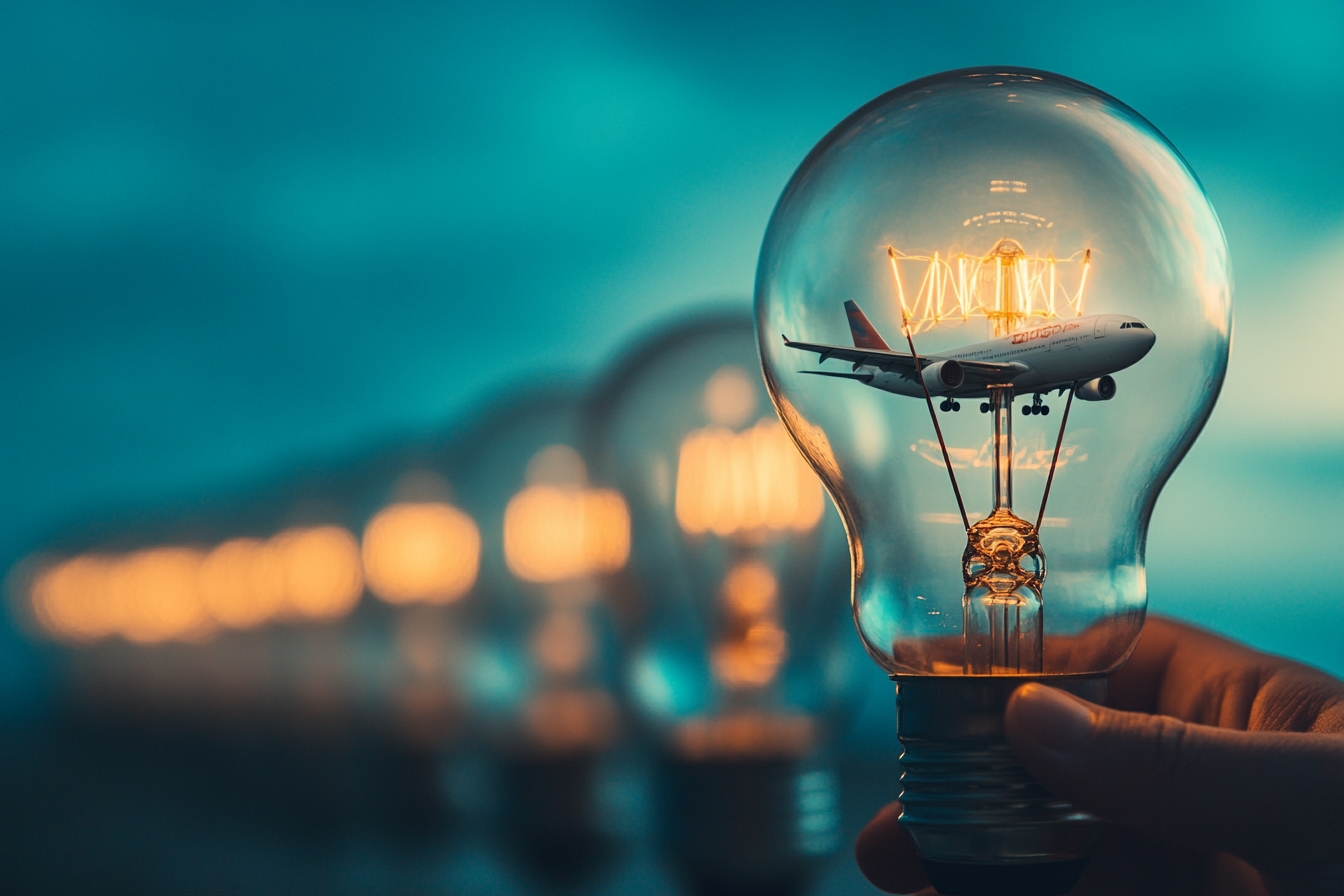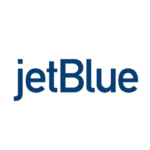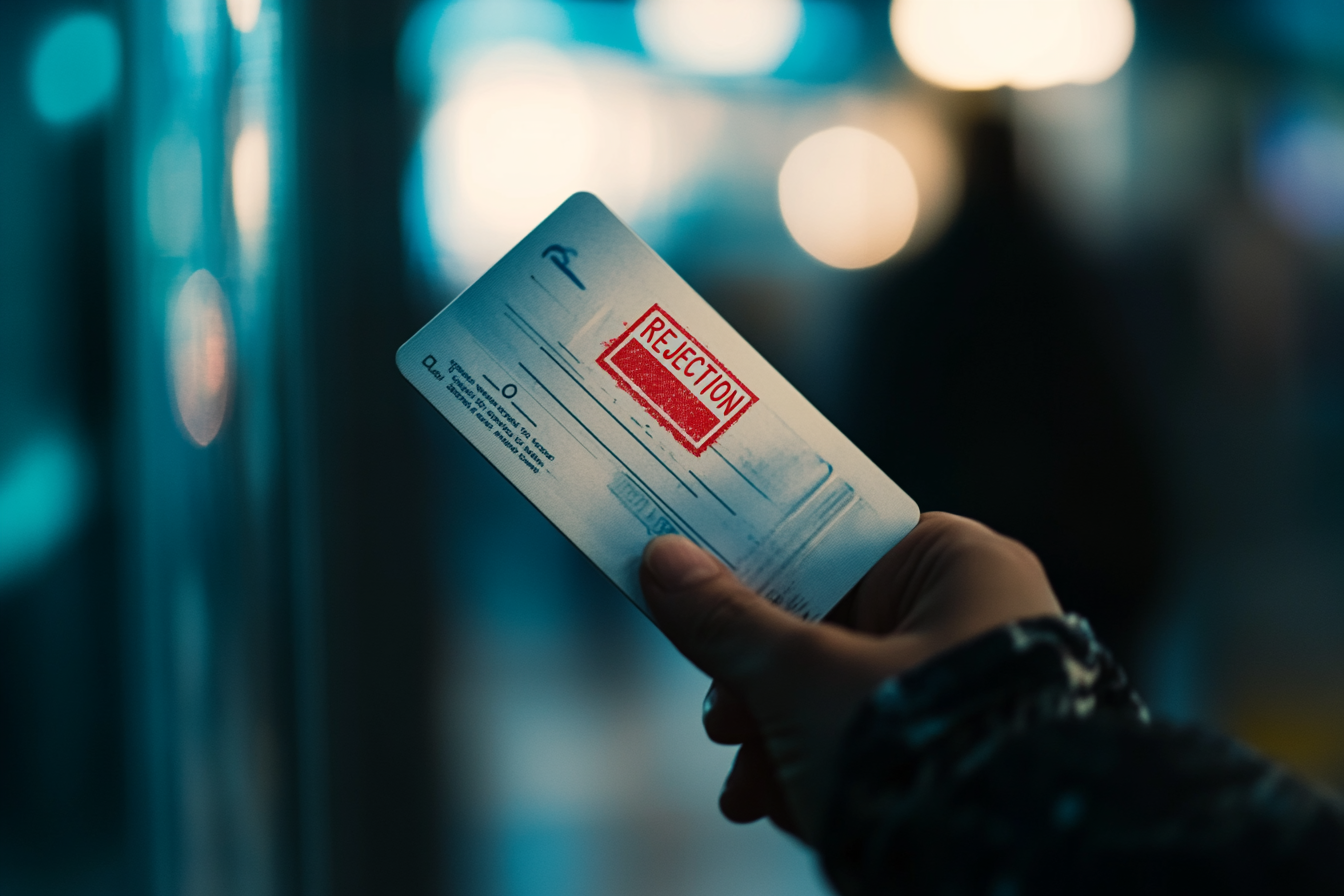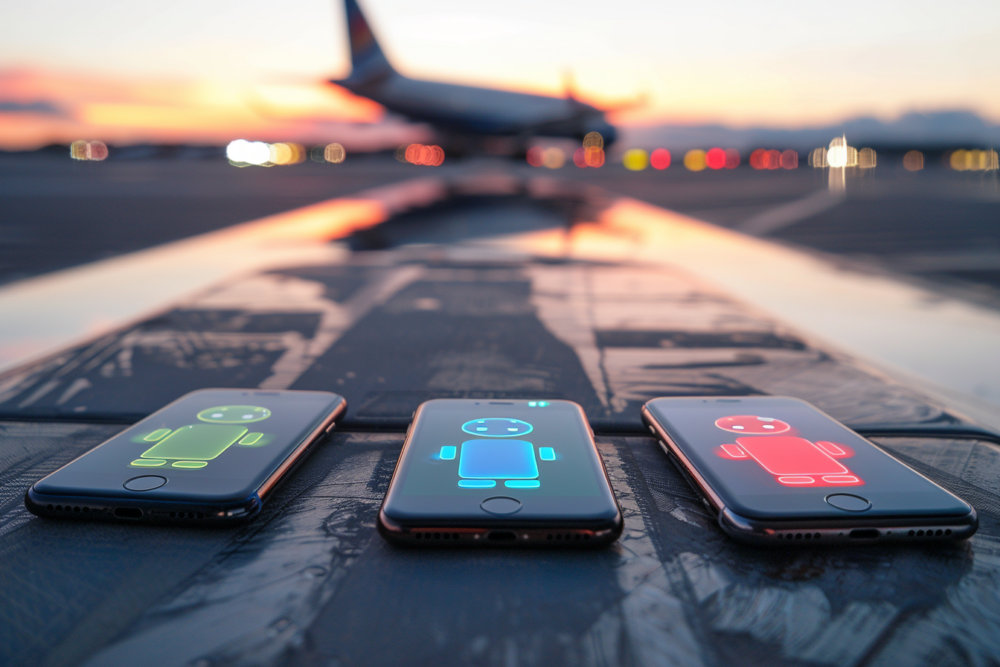The alarm goes off at 6:00 AM. Daniel Müller, an investment banker in Frankfurt, gets ready for an early morning business flight to New York City. He says goodbye to his wife and is soon onboard a newly designed aircraft, a supersonic plane capable of flying twice as fast as a “normal” Boeing 747. The plane crosses the Atlantic in a blink of an eye, arriving 3 hours and 30 minutes after take-off. After a successful 2-hour meeting starting at 8:00 AM (East Coast local time) on 5th avenue, Daniel has some time left to enjoy an espresso at Bryant Park before returning to JFK International Airport for his flight back, which lands in Frankfurt late evening of the same day. Daniel literally flew to Manhattan for a business meeting and came back to Frankfurt that same day.
Is this possible or just another futuristic vision? With supersonic speed, the answer is yes, it’s possible. And it might be coming sooner than you think. But let’s take a step back.
The Concorde crash: failure of the first commercial supersonic jet
Most people still remember the futuristic design of the Concorde, the first supersonic commercial jet, admired by young and old alike. The ability to fly in three hours across the Atlantic, faster than the speed of sound, fascinated air travelers. The price tag was heavy and the Concorde soon became a symbol of transport for the wealthy and high-society elite only – those who’d travel to New York City for a coffee or a short shopping trip.
Lower passenger numbers – especially after the crash of Concorde Flight AF 4590 in 2000 and the 9/11 attacks a year later – paired with high fuel and maintenance costs and the trend for cheaper air travel forced the Concorde to its knees. Its speed, a unique characteristic of the supersonic aircraft, was also one of the major obstacles. When flying with supersonic speed, the plane would produce a “sonic boom” – a shock wave in the air that made its way to the ground to deafening effect. The sonic boom led legislators in the U.S. and Europe to ban all flights that flew faster than the speed of sound over land, limiting supersonic flight routes.
The resurrection of a “new” Concorde in the 2020s – a realistic scenario?
Technology improved some of the main obstacles of the past. In the last 15 years, engineers were able to develop new materials like ultra-light, extremely robust composites for building aircraft (as used in Boeing’s Dreamliner 787 and Airbus A350 XWB) as well as improved engines, leading to lighter and more efficient airplanes. Supersonic aircraft have to overcome distinct design challenges – most notably fuel burn, community noise, and sonic boom. With today’s technologies, these challenges can be mitigated to a certain extent. Fuel burn can be reduced dramatically in comparison to the Concorde’s exorbitant figures, though it will still be much higher than subsonic airliners. Community noise at airports can also be reduced to comply with current regulations – only the sonic boom seems to be a nut that is hard to crack – although companies are currently working on “low-boom” technologies to enable supersonic overland flying.
The breath of fresh air: startups driving forward the return of supersonic flights
Technological advancements and new laws in the U.S. have led to a growing number of startups (e.g. Aerion, Spike Aerospace, and Boom Supersonic) driving forward the return of commercial supersonic flights as early as 2025. The most promising project so far seems to be the “Overture” – a proposed 55-75-seat supersonic airliner designed by Boom Supersonic, a 150 employee-sized company south of Denver. Boom’s aim is to target the “Overture” to the lucrative business travelers’ market. A supersonic two-seat technology demonstrator dubbed “XB-1” will help to explore the required technologies and is targeted to test-fly in 2020. To do this, Boom has raised USD 150 million in VC funding from Japan Airlines, Ctrip.com, and others. Similar projects, for example, Aerion or Spike Aerospace, are currently being designed for small-business needs only, targeting individuals or corporates.
So far, Boom has attracted five airlines who have expressed their interest in ordering more than 75 supersonic aircraft to date, moving the project closer to reality. Interestingly, the “Overture” has a very similar design to the Concorde (wing shapes and position of turbines), which raises the question of whether or not it is really innovative – from the outside it looks rather medium creative.
The supersonic plane not so “super” on carbon emissions
A hot topic that’s floating like the Sword of Damocles over supersonic flights is the fierce debate on global warming. Flying has come into the spotlight of the press, the public, and legislators. Aviation currently accounts for 2% to 3% of global CO2 emissions and this number is expected to triple by 2050. Supersonic planes fly faster and at higher altitudes than their subsonic counterparts, adding strain to both ends of the sustainability problem. In order to fly faster than the speed of sound, supersonic planes require substantially more energy and fuel burn, which generates between 5 and 7 times more carbon emissions per passenger. The emissions are released at an altitude above 50,000 feet, the upper stratosphere, where they may be floating around for months or even years to come while causing substantial damage to our planet. While Boom Supersonic recently announced that they “are committed to pushing the envelope to discover new ways to make supersonic travel environmentally and socially sustainable for generations to come,” the law of physics can’t be circumvented that easily.
With the rise of global climate protests, firms are being increasingly pressured to react and contribute their share for climate protection. Operators of airplanes and cruise ships are currently at the center of the discourse. The public discussion leads to the impression that flying is no longer perceived as “en vogue”, or something to acknowledge publicly. Rather, it’s an activity prone to criticism within the phenomenon of “flight shaming.” In this environment, convincing the general public that a supersonic product primarily designed for business-class travelers is a good idea will be a challenge, to say the least. The majority of the population may find it unfair to be held responsible for a substantial share of emissions generated by a few individuals who can afford to fly supersonic for their own convenience.
No Greta effect – an explosion of air passengers
Despite the climate debate and the “flight shaming” phenomenon, the number of air passengers is continually growing, with an expected new record in 2019 reaching almost 4.6 billion passengers (+130% compared to 2004) with an expected annual growth rate of 4% until 2037. First and business-class passengers are only a fraction of all passengers (around 10%) but contribute to a large extent (up to 75%) to the bottom-line of airlines. So it’s not surprising that current supersonic players are targeting the high-end-premium segment as it is the most profitable customer base.
The question is: do business travelers have any interest in flying supersonic?
The CEO of Boom, Blake Scholl, is confident about meeting market demand at a “reasonable price” as “a new-generation supersonic aircraft can operate profitably at the same fares customers already pay to fly business class.” The ticket for a return leg could be offered for under EUR 4,500, making it accessible to the “normal” business-class customer, he argues. But even the high-end first and business-class tickets have recently come under pressure – driven by tough competition and the continuous price decline on long-haul economy-class tickets.
Given the relative affordability, few would dispute there is a market here. The value proposition to passengers is beautifully simple: cut long-distance flight time by half. Since time is money, the real question is how much travelers are willing to pay for faster flights. Furthermore, is their willingness to pay attractive enough financially for an airline to operate a supersonic fleet?
The first-ever price sensitivity survey about supersonic flying
To better understand travelers’ willingness to pay and to further evaluate the potential economics of supersonic flying, Lufthansa Group’s Customer Insights Team surveyed intercontinental travelers on Lufthansa flights and analyzed the results together with us. This first-of-its-kind survey was delivered as part of the passenger satisfaction tracking – an email that gets sent post-flight. The study that was rolled out to passengers in 2019 included six specific questions to assess the interest and price sensitivity of intercontinental travelers when it comes to flying at supersonic speeds. 1,375 passengers answered the questions across various cabin classes.
The survey was divided into two main parts. The first part primarily inquired about passengers’ travel characteristics, such as how much the passenger paid for the ticket. The second part investigated price perception. The team attempted to understand whether the passengers were interested in and if so, how much premium they would be willing to pay for flying supersonic. The question purposefully asked about “reducing flight time by half” instead of using the emotional and maybe even confusing wording “supersonic”. This enabled us to learn whether passengers would consider supersonic flying but also ask them subsequent survey questions on how much they would be willing to pay a premium for that service.
Methodology: The survey was developed by using the "Price Sensitivity Measurement" (PSM) methodology, also known as the van Westendorp model. The PSM delivers not only the price range that reflects the best price/performance perception of customers, but also an optimal price point. Passengers were asked a total of three questions related to the PSM for prices that they consider either:
(1) reasonable (a purchase is worthwhile),
(2) expensive (a purchase is still considered), or
(3) too expensive (a purchase is rejected).
The lower (LPP) and upper price level points (UPP) were calculated based on the answers given. The UPP is the intersection of where an equal number of respondents either think the price is exceeding their upper (too expensive) or lower limits (reasonable). The intersection of the price where an equal number of respondents rate the price as "expensive" or "reasonable" is defined as LPP.
Hence, the estimated number of travelers who are willing to pay a premium on the lower and upper limits were determined based on the intersection of the different price level points.
Are people interested in flying in half the time?
A majority responded with “yes” in most of the booking classes apart from first class, where guests apparently already had such a premium experience that they would not want to shorten it. The desire for faster flights seems to be most widespread among the economy and premium-economy classes. Passengers in the lower classes most likely favor “flying for half the time” as they do not travel as comfortably as passengers in the premium-cabin classes.
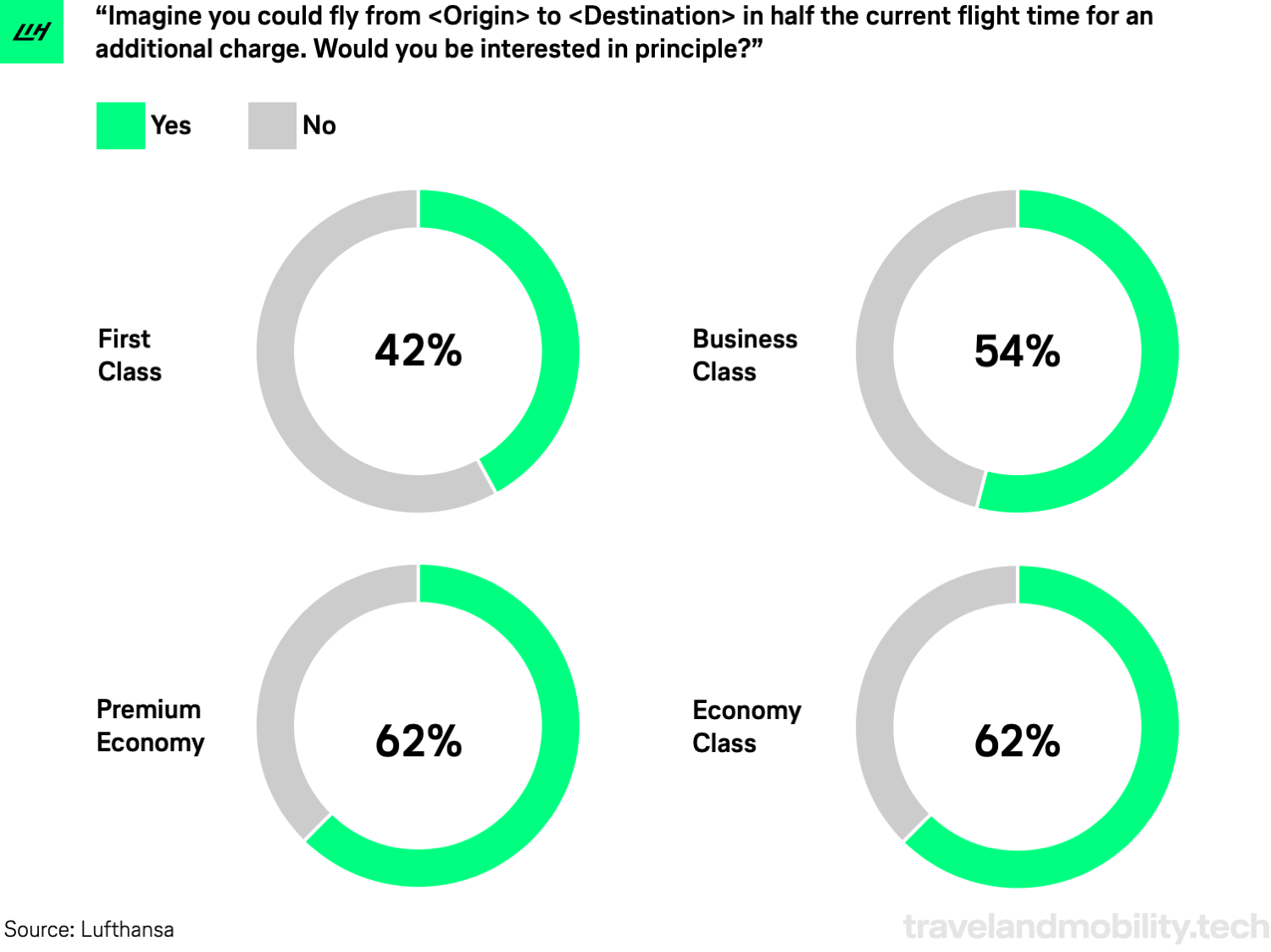
Important side note: most travelers in economy and first class were leisure travelers and paid for the airfare themselves, whereas the share of leisure travelers was significantly lower in premium economy and business. Self-paid customers tend to have a higher price sensitivity compared to business travelers, where the company is footing the bill. Therefore, we will focus primarily on self-payers in the following analysis to keep it simple.
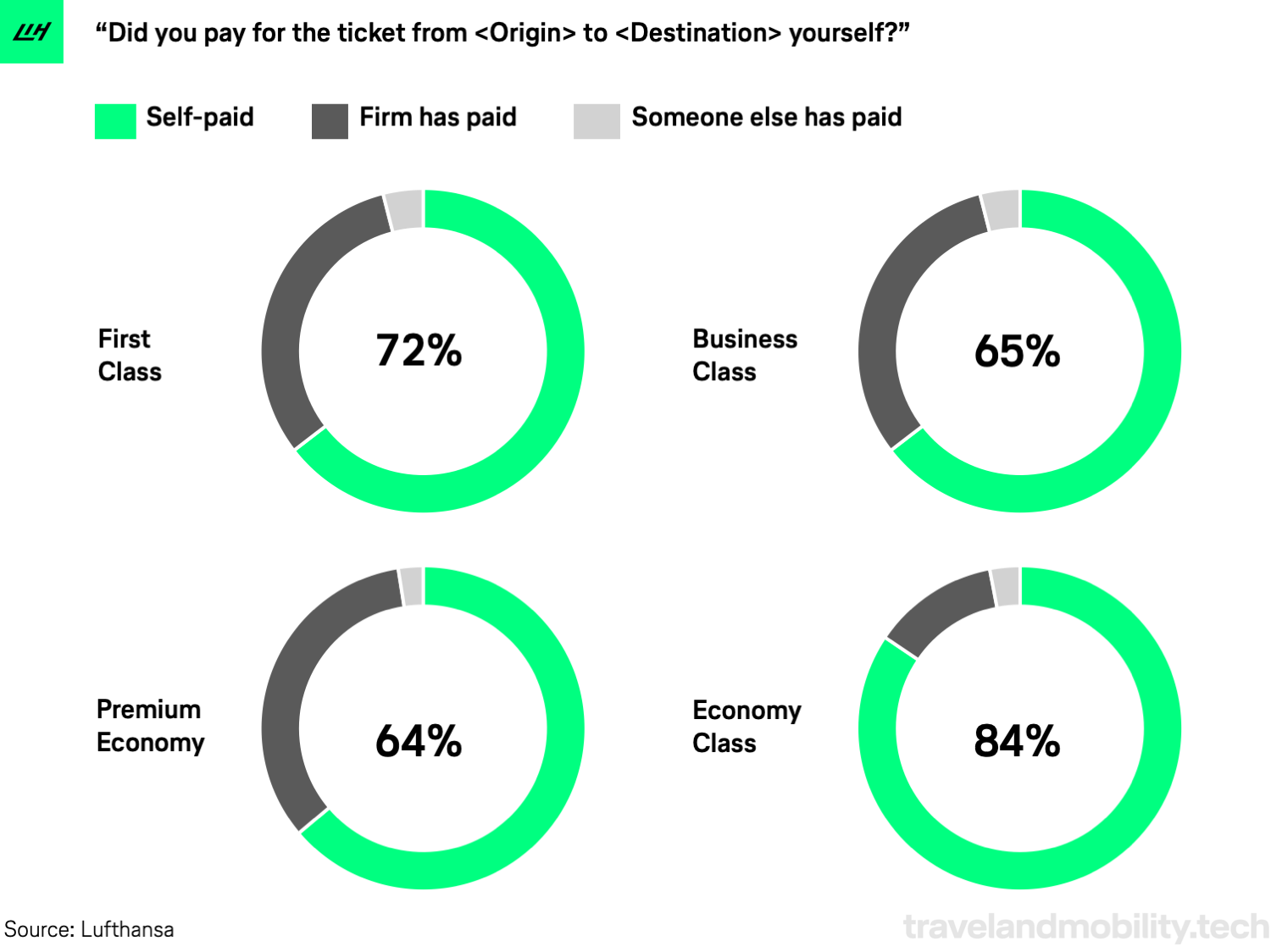
Who is willing to pay the most for halving the flight time in relative terms?
Economy-class passengers are in the lead. They would be willing to pay up to nearly 50% more for flying in half the time (based on what they paid for their most recent economy flight before answering the survey). To be precise, the willingness to pay (WTP) in the lowest booking class ranges between 140% and 147%. It is not surprising that passengers are willing to pay more relative to their original tickets, the cheaper those tickets were.
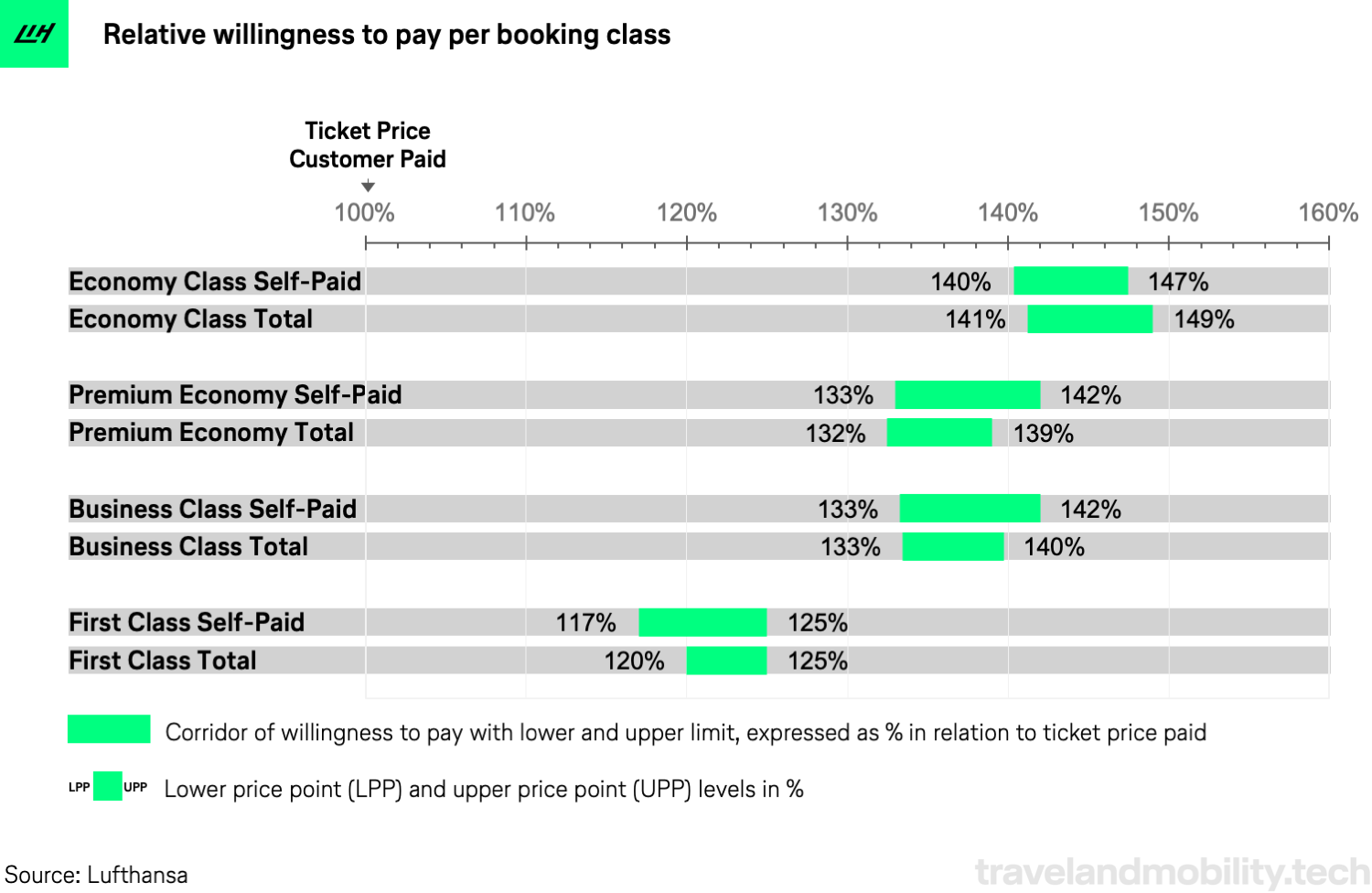
Since relative WTP gives us little information on the “how much,” we continued to assess absolute WTP. Nevertheless, the first insights already led us to the interesting question of whether the producers of supersonic aircraft are considering the right target group.
In absolute terms, first-class passengers like to open their pockets the most
Considering the price passengers had paid for the light they took before being sent the survey, we were able to compute the absolute WTP for a return ticket per booking class based on relative measures.
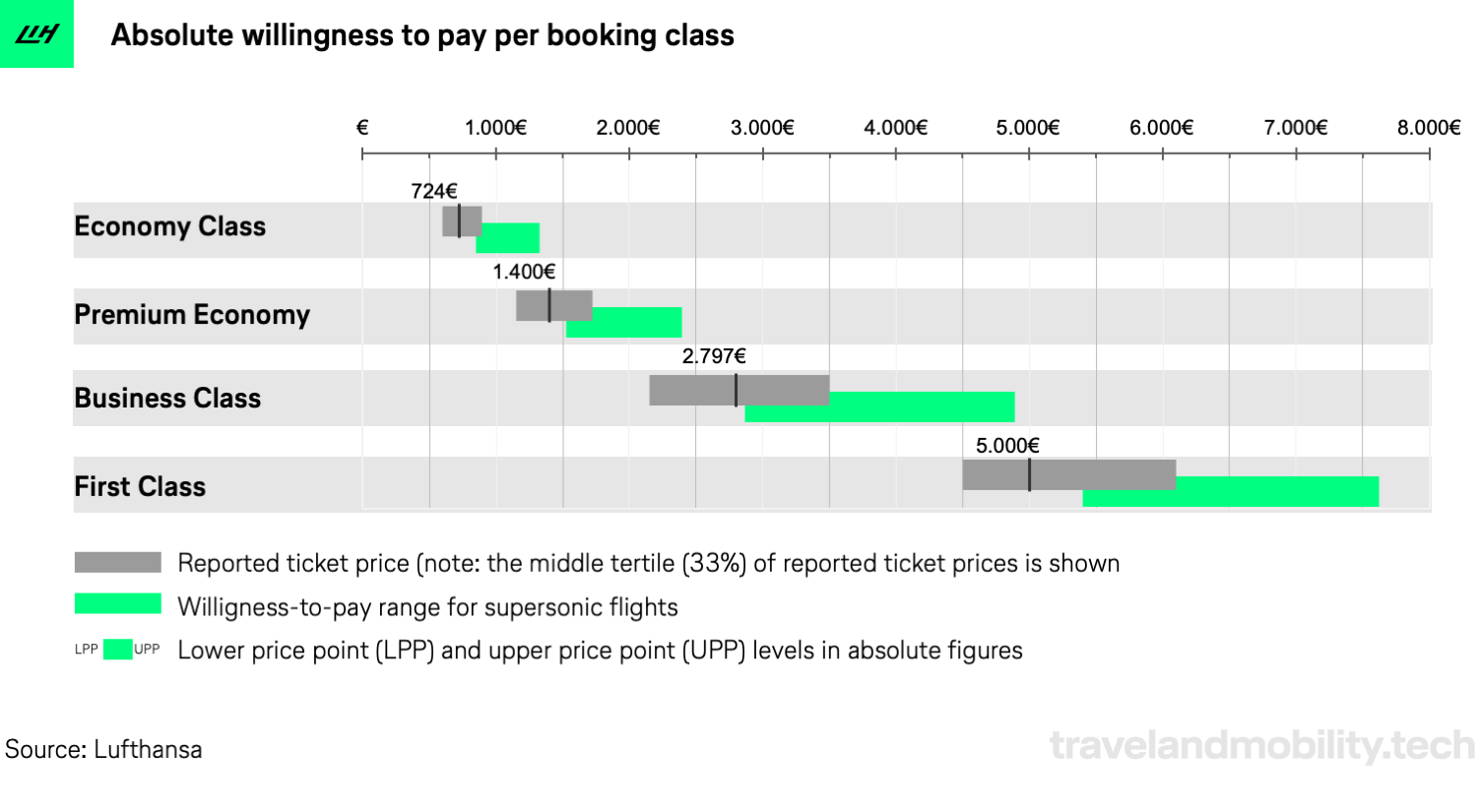
Given that first-class passengers pay a much higher price per ticket compared to lower classes, the absolute WTP for supersonic travel is highest among these passengers. The regular first-class ticket price paid by the traveler ranged between EUR 4,500 and EUR 6,000, whereas these passengers would be willing to spend EUR 6,500 on average for traveling in a supersonic plane. This makes an add-on premium to the average regular fare of EUR 1,200 per passenger. The WTP in absolute terms in the highest booking class ranges between EUR 5,400 and EUR 7,600, respectively.
Business-class travelers also show a higher WTP for flying in half the time in absolute terms when compared to economy or premium-economy class, with EUR 3,900 on average. This customer group is willing to spend EUR 975 more (on average) on a ticket to fly supersonic. The upper WTP limit for business-class travelers ends slightly above EUR 4,500.
The lowest absolute WTP is in economy (average of EUR 1,000) and premium-economy class (average of EUR 2,000), which represents a premium of EUR 250 and EUR 600 respectively, compared to the regular ticket price paid.
Hence, the focus for potential customer targeting should, in fact, lie on the upper WTP range of business-class travelers and current first-class travelers, as they meet the necessary price tag communicated by Boom Supersonic to run their jets profitably (EUR 4,500).
Conclusion: The end of the revival before it even started
Having breakfast in New York, lunch in Dubai, and attending a gala dinner in Sydney sounds both impossible and attractive. But the advancement of technology and new digital possibilities warrant a re-evaluation of the commercial viability of supersonic flights to satisfy the need of the busy and jet-setting lifestyle of a business traveler. Our initial survey of 1,375 passengers helped to evaluate the economics of supersonic flying. We gained the following insights:
Takeaway #1: Nothing for the masses
Economy and premium-economy passengers are generally more interested in traveling supersonic in principle. They show a higher relative WTP, accepting a price premium of between 32% to 47% based on their current ticket prices. This would hover around EUR 847 and EUR 2,400 for a supersonic air ticket, which is substantially below the standard business-class prices that Boom estimates for its first aircraft to run profitably.
Hence, it will most likely not be possible to convert economy and premium-economy class passengers into supersonic travelers, as long as the economics of the supersonic plane is based on charging around EUR 4,500 per passenger.
So, it turns out that Boom and others have been targeting the right customer groups. Even though a smaller share of business and first-class passengers is generally interested in flying in half the time than Eco passengers, those that are, show a significantly higher absolute WTP, willing to spend up to EUR 7,600 for halving their flight time.
Takeaway #2: Speed alone won’t justify the price premium
Despite the higher absolute WTP by first and business-class passengers, we see a major hurdle for them to be attracted by the current supersonic offerings from Boom and others. These passengers expect (and are used to) an upscale product and service offering when flying around the world. Boom advertises cabin-class seats which are comparable to today’s premium-economy class (see image below).
We doubt that the identified target group would be willing to downgrade on comfort level (especially flatbeds) while paying a significantly higher price only to benefit from cutting flight time in half. Especially for ultra-long routes (think Frankfurt – Tokio or London – L.A.), we believe supersonic aircraft manufacturers like Boom need to urgently re-think their current cabin-class layout plans.
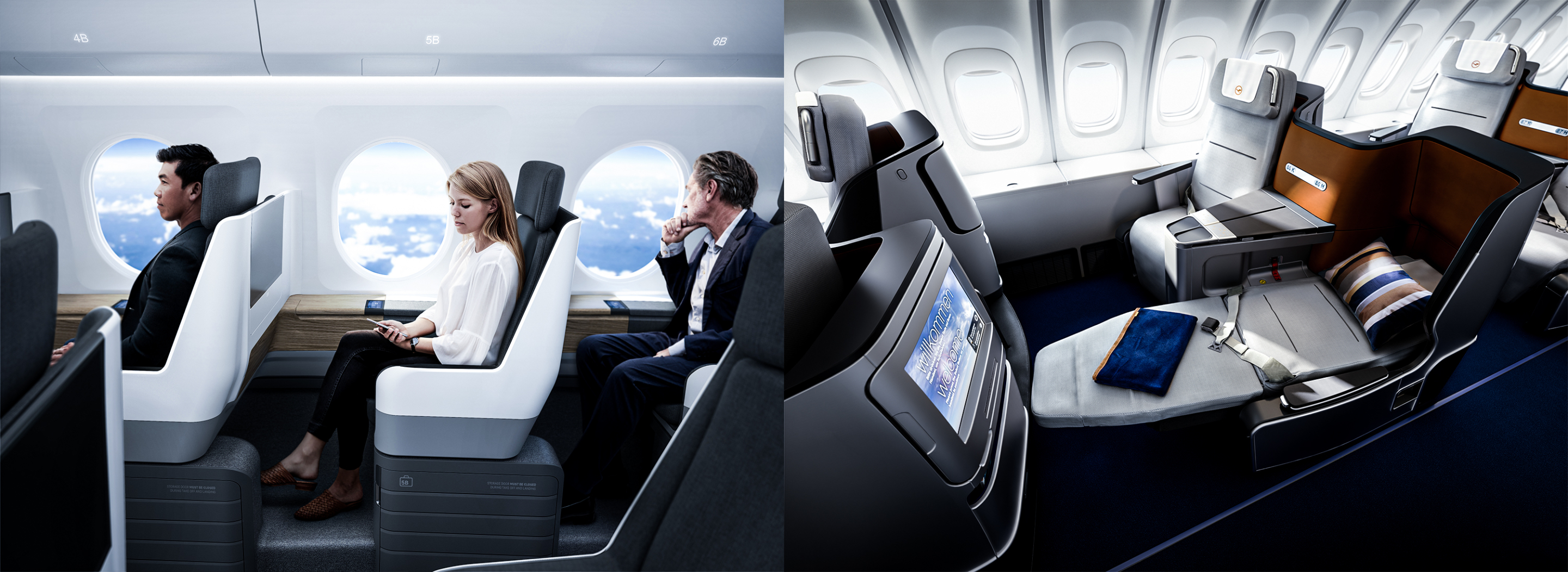
Our recommendation: supersonic startups should carefully evaluate whether their marketed cabin design actually attracts the comfort-seeking target group they are (rightfully) addressing. We would suggest that Boom and others include a flat-bed business-class offering in their layout plans even if this means charging significantly more than EUR 4,500 per ticket for these seats. The upper WTP limit seems to justify this as we have seen above.
Takeaway #3: Aviation needs greener not faster aircraft
But let’s put all the cabin-design layout plans aside. We learned that despite all the technological improvements in the last two decades, flying at supersonic speed will still be reserved for the wealthy and rich only. And it would come at a significant cost for the environment. Hence, the timing for supersonic startups couldn’t be worse as debates on the impact of flying on our climate and the “flight shaming” movement are reaching an all-time high.
Starting into the new decade, supersonic startups are facing the most challenging market environment possible as the public narrative will quickly turn hostile should supersonic test flights actually take place in the near-term future. This will also negatively affect investor interest and potentially lead to a financing gap of relevant startups that most of them would not be able to survive.
We ultimately conclude: the return of supersonic commercial air travel will highly depend on how the sustainability movement evolves. Breakfast in New York City, lunch in Dubai and dinner in Sydney – a vision that seemed within reach is facing major obstacles and uncertainty going into the new decade as aviation urgently seeks greener not faster aircraft.


